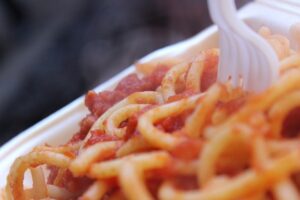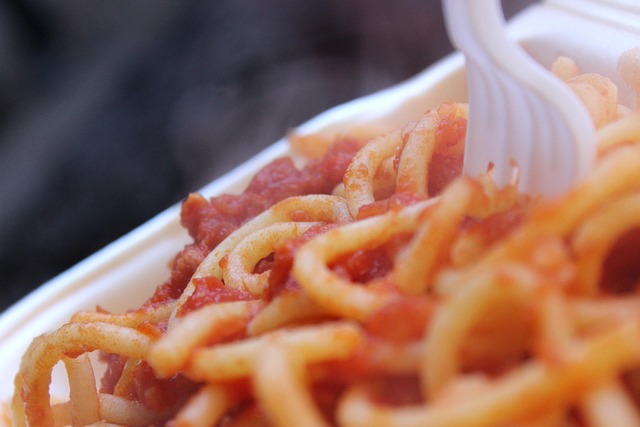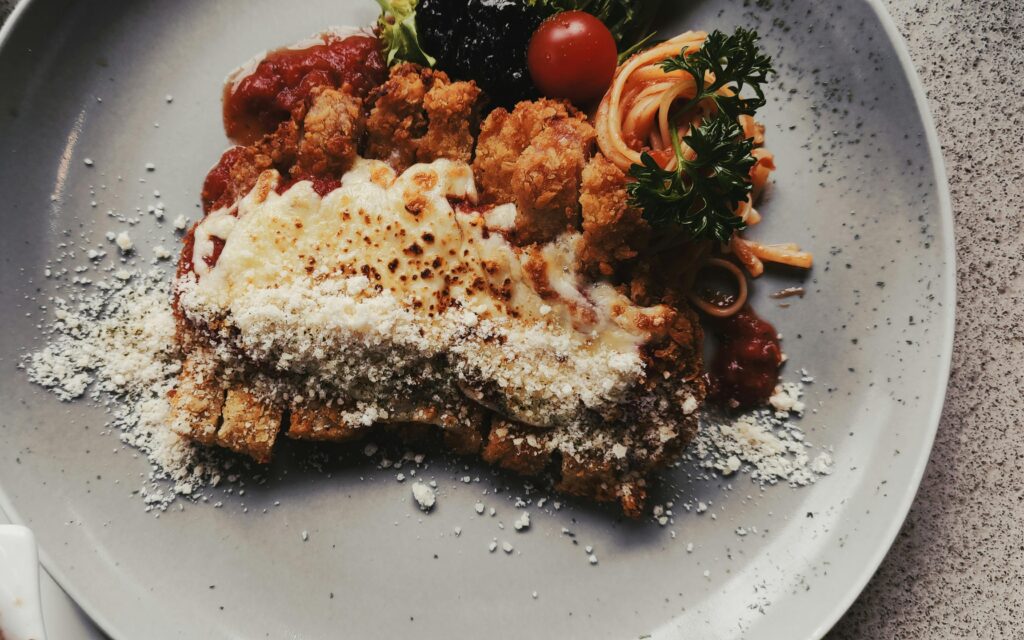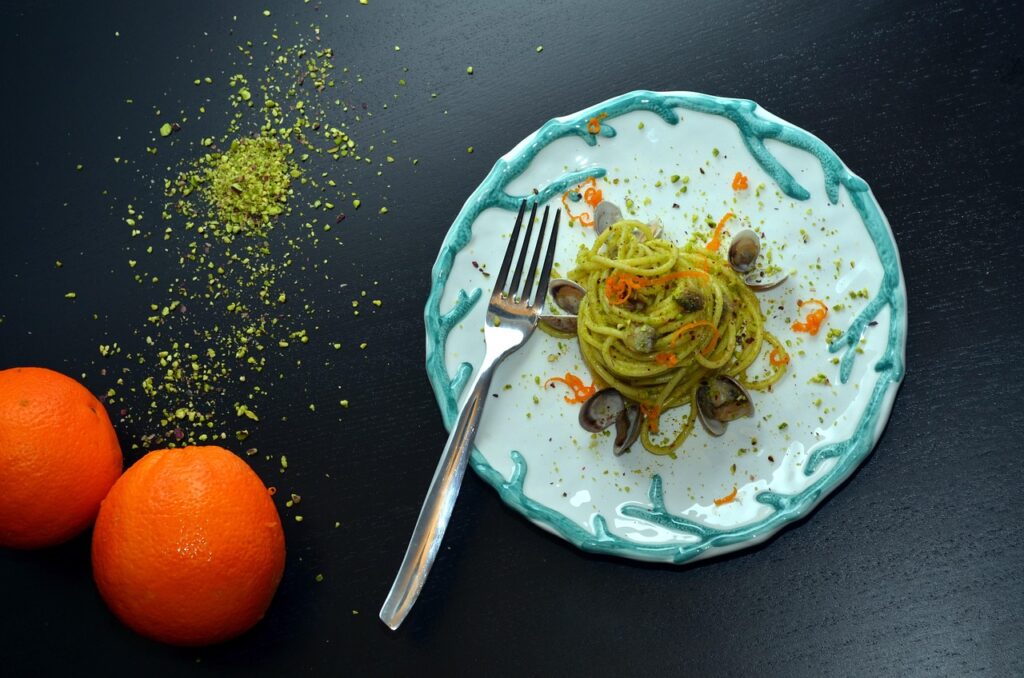Delicious Pici: 7 Powerful Secrets to Master Tuscany’s Hand-Rolled Pasta
Pici
What is Pici?
Pici is a rustic, hand-rolled pasta that resembles extra-thick spaghetti. It usually uses only flour and water. Some families add a touch of olive oil or a loose egg. The strands maintain a rough surface, allowing sauces to cling to them.
Why Pici matters
It comes from cucina povera. It demonstrates how a few ingredients can be combined to create a deeply satisfying dish when you focus on texture and technique. The shape rewards bold, textured sauces. That makes Pici a proper shape for home cooks who want comfort without fuss.
Origin and tradition
Pici comes from the province of Siena in Tuscany. Different towns keep slightly different names and habits. In Montalcino and nearby cities, you may hear “pinci” instead of “Pici.” The shape likely evolved from regional dough traditions rather than being invented by a single person.
Local festivals and family recipes preserved Pici. For cultural context, refer to regiwrite-upse-ups and recipe histories, such as the Terre di Siena pages and historical notes. Wikipedia – Pici provides a concise origin summary.
Ingredients and dough ratios
Its classic dough stays minimal. Aim for these starting ratios:
- 100% Tipo 00 flour, or a mix of 00 and semolina
- Water at about 50 to 55 percent of the flour weight
- Pinch of salt
- Optional: 1 to 2 teaspoons olive oil or a single egg for richness
For a home batch that serves 3 to 4, try using 300g flour and 150 to 160g of water. If you add one egg, reduce the water slightly. Semolina adds bite. 00 flour gives a silkier result.
Step-by-step: make it at home.
This method stays repeatable and straightforward. It will provide you with consistent results without requiring special equipment.
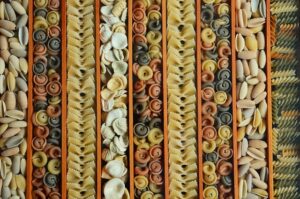
Ingredients (serves 3 to 4)
300 g flour (00 or 200 g 00 + 100 g semolina), 150 to 160 g water, a pinch of salt, 1 tsp olive oil (optional).
Method
- Place flour and salt on the work surface. Make a well and pour the water slowly into it. Mix until a rough dough forms. Add olive oil if using.
- Knead 8 to 10 minutes until the dough feels smooth and slightly elastic. Cover and rest 20 to 30 minutes so the gluten relaxes.
- Divide the dough into logs. Flatten each log and stretch it into a long strip. Roll each strip between your palms or between your palm and the counter into ropes about 3 to 4 mm thick. Irregularity is fine.
- Dust finished strands with flour and place them separated on a board. Rest briefly before cooking. Keep unused dough covered with a damp cloth to prevent it from drying out.
- Cook in plenty of salted boiling water. Fresh Pici usually needs 3 to 6 minutes, depending on thickness. Taste early—reserve pasta water to finish sauces.
For visual guidance and variations, consult trusted step-by-step methods from artisanal cooks and reputable sources that offer tested technique notes you can follow.
https://www.lacucinaitaliana.it/ricetta/antipasti/pici-aglione
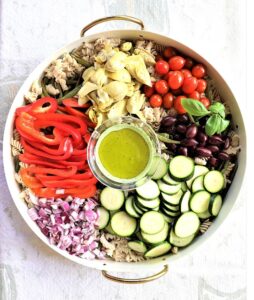
Classic sauces and pairings
It likes sauces with texture and personality. It soaks up oils and holds chunky ragù.
Pici all’Aglione
This is the classic. Aglione features generous amounts of garlic, olive oil, tomatoes, and chili. The sauce stays bright and garlicky. Serve it with a light grate of pecorino if you like. For a canonical recipe, see La Cucina Italiana.
Cacio e pepe-style
Use pecorino and black pepper. Pici benefits from a slightly richer cheese-to-pasta ratio and starchy water to bind the sauce.
https://www.101cookbooks.com/hand-rolled-pici-pasta
Boscaiola and ragù
Mushroom sauces and slow-cooked meat ragù pair perfectly with its chewy texture. A game ragù, such as wild boar or a long beef ragù, becomes memorable when served over Pici.
Cooking timing and texture control
Use a large pot and plenty of salted water. Fresh moves more slowly than thin pasta but still cooks faster than dried shapes of the same thickness. Taste early. Small ropes may finish in 3 minutes. Chunkier ropes need 5 to 7 minutes—reserve pasta water for emulsifying sauces. Toss it in the pan with the sauce to let it absorb the flavor and bind the sauce to the strands.
Variations and regional names
Expect local names and tiny tweaks. It appears in some towns. Some people add egg, others olive oil. Spinach, saffron, or herbs appear occasionally to tint the dough. Thickness varies by household. Tradition favors improvisation more than rigid rules.
Buy or make: Fresh vs. Dried.
When fresh produce is at its best in terms of texture and cooks quickly, dried Pici from artisanal producers offers convenience and stores longer. Match dried Pici to hearty, long-cooked sauces. Buy from quality delis or direct from producers who disclose their flour and milling methods.
Internal resources: Pastaloverz pasta hub and site sitemap.
Troubleshooting common problems
Dough too sticky
Add small amounts of flour while kneading. Let the dough rest to hydrate. If you overflour, you will toughen the final texture, so add gradually.
Strands break while rolling.
Knead for a little longer to develop the gluten, and then let the dough rest. Reduce water slightly next time.
Sticks when cooking?
Spread the strands on a floured board or toast them with a bit of oil until you’re ready to cook. Stir gently in the pot.
Sauce will not cling.
Finish pasta in the pan with sauce and add reserved pasta water to help the sauce bind to the strands.
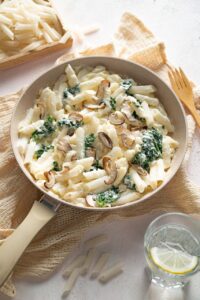
Three quick recipes to try tonight
A. Pici all’Aglione – quick
Sweat crushed garlic in olive oil until fragrant. Add chopped tomatoes and a pinch of chili. Simmer until bright and slightly reduced. Toss with fresh Pici. Finish with a drizzle of olive oil or a light grating of pecorino if desired.
B. With mushrooms and pecorino
Sauté mixed mushrooms with garlic. Add a splash of white wine and reduce the heat. Toss with cooked Pici and grated pecorino. Use pasta water to create a silky coating.
C. Rustic with ragù
Make a slow tomato-meat ragù. Cook Pici al dente. Combine in a deep pan and let the sauce cling to every strand. Serve with grated pecorino.
Nutrition snapshot and serving ideas
It is a starch-forward food. Portion and sauce determine the meal’s nutrition. For lighter plates, pair them with vegetables, lemon, and olive oil. Whole-grain or semolina blends increase fiber modestly. Watch portion sizes; Pici’s texture invites second helpings.
FAQ
What is it made from?
Traditionally made from flour and water. Some households add olive oil or a single egg.
How long does it take to cook when fresh?
Most fresh Pici cooks in 3 to 6 minutes, depending on thickness. Taste early to reach al dente.
Is it the same as bigoli?
